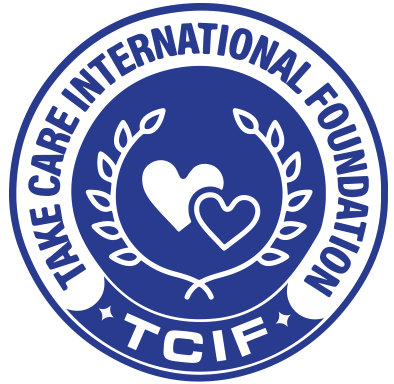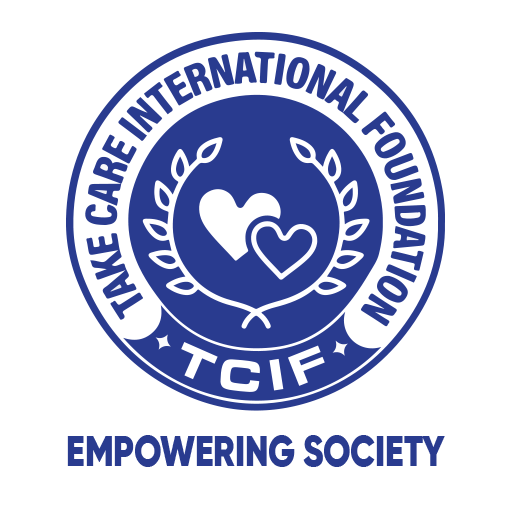The way in to a solid eating routine is to eat the perfect measure of calories for how dynamic you are so you balance the energy you burn-through with the energy you use.
On the off chance that you eat or drink an overabundance, you’ll put on weight in light of the fact that the energy you don’t utilize is put away as fat. In the event that you eat and drink nearly nothing, you’ll shed pounds. You ought to likewise eat a wide scope of food varieties to ensure you’re getting a fair eating regimen and your body is getting every one of the supplements it needs.
It’s recommended that men have around 2,500 calories a day (10,500 kilojoules). Women should have around 2,000 calories a day (8,400 kilojoules).
1. Base your meals on higher fibre starchy carbohydrates
Starchy carbohydrates should make up just over a third of the food you eat. They include potatoes, bread, rice, pasta and cereals.
Choose higher fibre or wholegrain varieties, such as wholewheat pasta, brown rice or potatoes with their skins on. They contain more fibre than white or refined starchy carbohydrates and can help you feel full for longer.
Try to include at least 1 starchy food with each main meal. Some people think starchy foods are fattening, but gram for gram the carbohydrate they contain provides fewer than half the calories of fat.
Keep an eye on the fats you add when you’re cooking or serving these types of foods because that’s what increases the calorie content – for example, oil on chips, butter on bread and creamy sauces on pasta.
2. Eat lots of fruit and veg
It’s suggested that you eat something like 5 parts of an assortment of foods grown from the ground each day. They can be new, frozen, canned, dried or squeezed.
Getting your 5 A Day is simpler than it sounds. Why not cleave a banana over your morning meal grain, or trade your standard early in the day nibble for a piece of new natural product?
A part of new, canned or frozen products of the soil is 80g. A part of dried natural product
A portion of fresh, canned or frozen fruit and vegetables is 80g. A portion of dried fruit (which should be kept to mealtimes) is 30g.
A 150ml glass of fruit juice, vegetable juice or smoothie also counts as 1 portion, but limit the amount you have to no more than 1 glass a day as these drinks are sugary and can damage your teeth.
3. Eat more fish, including a portion of oily fish
Fish is a good source of protein and contains many vitamins and minerals. Aim to eat at least 2 portions of fish a week, including at least 1 portion of oily fish.Oily fish are high in omega-3 fats, which may help prevent heart disease.
Oily fish include:
- salmon
- trout
- herring
- sardines
- pilchards
- mackerel
Non-oily fish include:
- haddock
- plaice
- coley
- cod
- tuna
- skate
- hake
You can choose from fresh, frozen and canned, but remember that canned and smoked fish can be high in salt.
Most people should be eating more fish, but there are recommended limits for some types of fish.
4. Cut down on saturated fat and sugar
Saturated fat
You need some fat in your diet, but it’s important to pay attention to the amount and type of fat you’re eating.
There are 2 main types of fat: saturated and unsaturated. Too much saturated fat can increase the amount of cholesterol in the blood, which increases your risk of developing heart disease.
Saturated fat is found in many foods, such as:
- fatty cuts of meat,sausages,butter,hard cheese,cream,cakes,biscuits,lard,pies
Try to cut down on your saturated fat intake and choose foods that contain unsaturated fats instead, such as vegetable oils and spreads, oily fish and avocados.
For a healthier choice, use a small amount of vegetable or olive oil, or reduced-fat spread instead of butter, lard or ghee.
When you’re having meat, choose lean cuts and cut off any visible fat.
Sugar
Regularly consuming foods and drinks high in sugar increases your risk of obesity and tooth decay.
Sugary foods and drinks are often high in energy (measured in kilojoules or calories), and if consumed too often can contribute to weight gain. They can also cause tooth decay, especially if eaten between meals.
Free sugars are any sugars added to foods or drinks, or found naturally in honey, syrups and unsweetened fruit juices and smoothies.
This is the type of sugar you should be cutting down on, rather than the sugar found in fruit and milk.
Many packaged foods and drinks contain surprisingly high amounts of free sugars.
More than 22.5g of total sugars per 100g means the food is high in sugar, while 5g of total sugars or less per 100g means the food is low in sugar.
5. Eat less salt: no more than 6g a day for adults
Eating too much salt can raise your blood pressure. People with high blood pressure are more likely to develop heart disease or have a stroke.Even if you do not add salt to your food, you may still be eating too much.About three-quarters of the salt you eat is already in the food when you buy it, such as breakfast cereals, soups, breads and sauces.
Use food labels to help you cut down. More than 1.5g of salt per 100g means the food is high in salt. Adults and children aged 11 and over should eat no more than 6g of salt (about a teaspoonful) a day. Younger children should have even less.
Other tips include such as: Get active and be a healthy weight, Do not get thirsty, Do not skip breakfast,
Original refernce link: 8 tips for healthy eating – NHS (www.nhs.uk)





